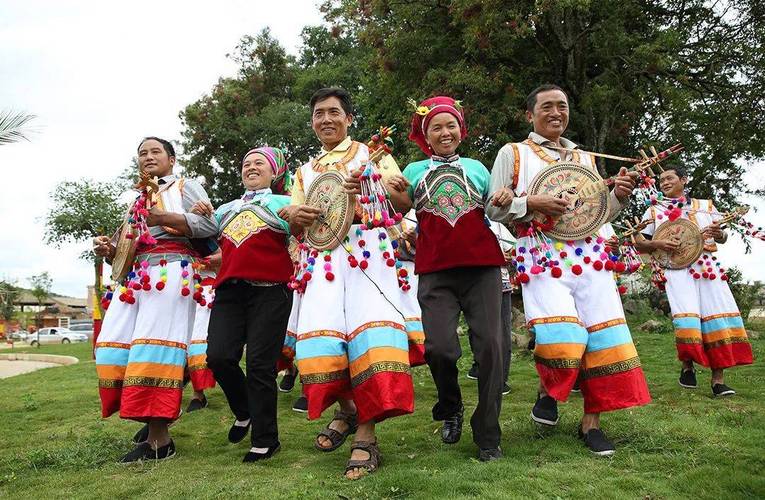
XishuangBanna Overview
Xishuangbanna Overview will give you a comprehensive understanding of Xishuangbanna Dai Autonomous Prefecture including the basic information, geographical location, climate and so on.
Basic Information
- Chinese Name: 西双版纳傣族自治州
- Area: 19582.45 square kilometers
- Population: 1,180,000
- Zip code: 666100
- Dialing code: (+86) 0691
- Location: Southernmost point of Yunnan province
- Administrative Category: Autonomous Prefecture
- Seat of Government: Jinghong City
- Main Ethnic Groups: Dai, Hani, Yi, Lahu, Blang, Jino, Yao, Miao, Hui, Wa, Zhuang and Jingpo
- Main Airport: Gasa International Airport
- Top University: Xishuangbanna Vocational and Technical Institute
- Important Festival and Activities: Water Splashing Festival, Gatangpa Festival
- Famous Attractions: Menglun Tropical Botanical Garden, Manfeilong Pagodas, Jingzhen Octagonal Pavilion, Wild Elephant Valley and Dai Minority Garden at Ganlanba.
Geography
Xishuangbanna is a flat dam surrounded by mountains. It is located at the southernmost point of Yunnan province and connected with Laos and Myanmar by mountains and rivers, sharing a boundary of 966 kilometers (619 miles) with Burma and Laos in the east, south and west, being a vital pass from China to Indo-China Peninsular by land. It is also close to Thailand and Vietnam. The region sits at a lower altitude than most of Yunnan, and borders closely on tropical climate.
Climate and Weather
Xishuangbanna is one of the few places in Yunnan Province where there is no winter. In the coldest January, the average temperature here is 16℃, while in the hottest days, the average temperature is only 28℃. Such warm temperatures make Xishuangbanna a place where snow has never been seen and a place that enjoys plenty of sunshine. Xishuangbanna has only two seasons in a year: dry season and rainy season.
- Rainy Season: The rainy season lasts for 5 monthes from June to late October, and the precipitation accounted for more than 80% of the annual precipitation. However, scattered showers take up certain amount in the rainy days, so people can still enjoy the sunshine during the wet season.
- Dry Season: The dry season is from November to the late May of the next year. Dry season enjoy most of the sunny days in the year around and is the favored time for tourists to travel in Xishuangbanna for escaping the cold.
Best Time to Visit
The best time to visit Xishuangbanna is during the dry season (from November to April), when the weather is agreeable and the temperature is mild. Dry season is also the peak travel time of Xishuangbanna, especially April, for the Water Splashing Festival is celebrated in April. If you would like to taste the various tropical fruit here, traveling during the rainy period from June to September is a good choice.
Administrative Division
Xishuangbanna administrative division gives you information about places to visit during Yunnan Travel. Xishuangbanna Dai Autonomous Prefecture has jurisdiction over one county-level city and two counties: Jinghong City, Menghai County and Mengla County. The prefectural seat is located in Jinghong City.
- Jinghong City (景洪市)
- Menghai County (勐海县), Mengla County (勐腊县)
Xishuangbanna History
According to a Dai legend, Xishuangbanna was discovered several thousand years ago by hunters chasing a golden deer. In Chinese historical records, the Dai people are mentioned as long ago as the Western Han Dynasty (second century BC). During the first and second centuries AD, Dai chieftains sent tribute missions to the Chinese capital at Luoyang, but the area’s remoteness limited further ties. In the eighth century, Dali, in north central Yunnan became the capital of Nanzhao, an independent state ruled by the Bai minority people.
More about History of Xishuangbanna Dai Autonomous Prefecture.
Xishuangbanna Culture
Xishuangbanna Ethnic Culture is diverse and colorful. It is a place where multi-ethnic groups inhabit. Different nationalities create different cultures. Xishuangbanna boasts amazing Dai culture, profound Puer tea culture, and cultures of other ethic groups, etc. All these will make Yunnan Travel more attractive and productive. Xishuangbanna is rich in nature, historical and cultural resources, noted for its folklore, rain forests, rare plants, and wildlife.
More about Xishuangbanna Culture.
Xishuangbanna Transportation
Xishuangbanna transportation mainly relies on air plane and long-distance bus, connecting to major cities such as Beijing, Shanghai, Guangzhou Xi'an, and Zhengzhou, etc. It has convenient air transportation to cities in Yunnan province such as Kunming, Dali, Lijiang and Shangri-la. Three bus stations in Jinghong city offer long-distance buses to major cities in Yunnan province and suburban buses to nearby counties and towns.
Moreover, it has waterway transportation to Laos, Myanmar and Thailand. Xishuangbanna is located at the utmost southeast part of China. It is not only the major passageway and base to Southeast Asia and south Asia, but a window of Yunnan province opened to the world.
More about Xishuangbanna Transportation.
Things to Do in Xishuangbanna
Xishuangbanna is definitely a famous tourist destination especially renowned among China domestic tourists. You can enjoy the tropical rain forest scenery, explore ethnic culture, Puer tea culture, taste local Dai food and Watch ethnic culture shows through joining our Xishuangbanna Tours. It offers wide range of choices such as Xishuangbanna Tea Culture Tours, Xishuangbanna Ethnic Culture Tours, Xishuangbanna Tropical Forest Tours, Xishuangbanna Cycling Tours or Xishuangbanna Cruise Tours.
Xishuangbanna Attractions mainly include Menglun Tropical Botanical Garden, Manfeilong Pagodas (Tanuozhuanglong), Jingzhen Pavilion, Wild Elephant Gully and Dai people's village at Ganlanba. If you are intent to travel to Xishuangbanna, Yunnan Exploration can tailor-make you kind of tour based on your preferences.
- Xishuangbanna Hiking Tours
- XishuangBanna Tea Culture Tours
- XishuangBanna Birding Tours
- Xishuangbanna Cycling Tours
- XishuangBanna Golf Tours
- XishuangBanna Muslim Tours
- Dai Show
- Water Splashing Festival
- Peacock Feast
Xishuangbanna Economy
With the strong impetus of reform and opening up, the prefecture's economy has shown a rapid development. Both the comprehensive economic strength and the economic and social benefits have achieved a historic leap and the total economic volume has continued to grow. In 2018, the gross output of Xishuangbanna Dai Autonomous Prefecture was 41,778.84 million yuan, up 8.1%. Among which, the added value of the primary industry was 10,208.9 million yuan, up 6.4%. The added value of the secondary industry was 11,432.6 million yuan, up 7.3%. The added value of the tertiary industry was 201,373.4 million yuan, up 9.3%. The added value of the primary industry accounted for 24.4% of GDP, the added value of the secondary industry accounted for 27.4%, and the added value of the tertiary industry accounted for 48.2%. Per capita GDP was 35,286 yuan, up 7.3%. The added value of the non-public sector was 19,829.21 million yuan, up 8.9%, accounting for 47.5% of GDP, up 0.4 percentage points.
Natural Resources in Xishuangbanna
Mineral Resources
Mineral resources in Xishuangbanna include rock salt, iron, copper, manganese, cobalt, rare earth, lignite, oil shale, lead, zinc, mercury, tungsten, gold, kaolin and other minerals. 118 million tons of Iron ore reserves are distributed in Jiangfeng, Huimin, Damenglong, Manyang of Jinghong City, Xinshan in Mengla County, Xiding, Manlai and Jiliang in Menghai County. 25 billion tons of salt reserves with a salt-bearing area of 548 square kilometers are mainly distributed in Mengban, Shang Yong, Moxie and other places in the eastern part of Mengla County. 14.5 million tons of coal reserves are mainly distributed in Dahegou, Manyang, Menggang and Mengxiang of Menghai County, Mengyang, Puwen, Jingne, Mengyuan and Shang Yong of Mengla County of Jinghong City. The copper mine has a reserve of 10,530 tons and is mainly located in Sandashan, Damenglong, Yao District, Mengla County, Yi Wu, Xiangming and other places in Jinghong City. Lead and zinc mines are mainly distributed in Sankezhuan, Mengban and Jiuhao of Menghai County, Mengling Mountain of Jinghong City, Zhuguo River, Yitian and Mankang of Mengla County.
Water Resources
The amount of surface water resources in Xishuangbanna can be divided into three parts: first, the amount of water flows through the Lancang River mainstream, with a total runoff of 55.52 billion cubic meters; Second, rivers originating from abroad flow into the territory of Xishuangbanna, with a total volume of 2.36 billion cubic meters; the third is surface water generated by rainfall in the prefecture, with a total volume of 11.92 billion cubic meters. The total amount of water flowing out of Xishuangbanna reaches 69.5 billion cubic meters. The total amount of groundwater resources reached 2.252 billion cubic meters. Xishuangbanna has a theoretical reserve of 5.9223 million kilowatts of hydropower, with an annual generating capacity of 46.3 billion kilowatts. Xishuangbanna has 8 major rivers including Lancang River, Puwen River, Buyuan River, Liusha River, Na’a River, Nanla River, Nanlan River and Nanguo River.
Biological Resources
Xishuangbanna boasts the most well-preserved area of China's tropical ecosystem, with a forest area of 1.516 million hectares. There are 6 national nature reserves of 4.02 million mu in Mengyang, Mengla, Menglun, Shang Yong, Mangao and Naban River basins, of which 700,000 mu are well-protected virgin forests with more than 5,000 species of higher plants, 153 species of which are endemic, such as Wangtianshu, Banna Greengage and Yunnan Peanut Crown. 134 species of endangered plants, such as Southwest Purple Micro, Tieli Wood, Yunnan Gmelina, Yunnan Mayterus Hookeri Loes, etc. A large number of plant species grow alternately, forming a complex and diverse vegetation landscape such as tropical rain forest, tropical monsoon forest, subtropical evergreen broad-leaved forest, moss evergreen broad-leaved forest, coniferous broad-leaved mixed forest, bamboo-wood mixed forest, shrub forest, etc. There are 1724 kinds of Chinese herbal medicines in Xishuangbanna, and more than 500 kinds have been identified.
Nature Reserves in Xishuangbanna
| Category | Name | |
| National Nature Reserve | Xishuangbanna Naban River Basins National Nature Reserve | Xishuangbanna National Nature Reserve of Yunnan Province |
| National Forest Park | Xishuangbanna National Forest Park of Yunnan Province | |
| National Park | Xishuangbanna Tropical Rain Forest National Park | |
| Xishuangbanna Prefectural Nature Reserve | Yiwu Prefectural Nature Reserve | Municipal Turtle and Gyrinocheilus Nature Reserve of Lancang-Mekong River |
| Xishuangbanna Prefectural Nature Reserve | Jinghong Bulong Municipal Nature Reserve | Municipal Fish Nature Reserve of Luosuo River |
Regional Overviews
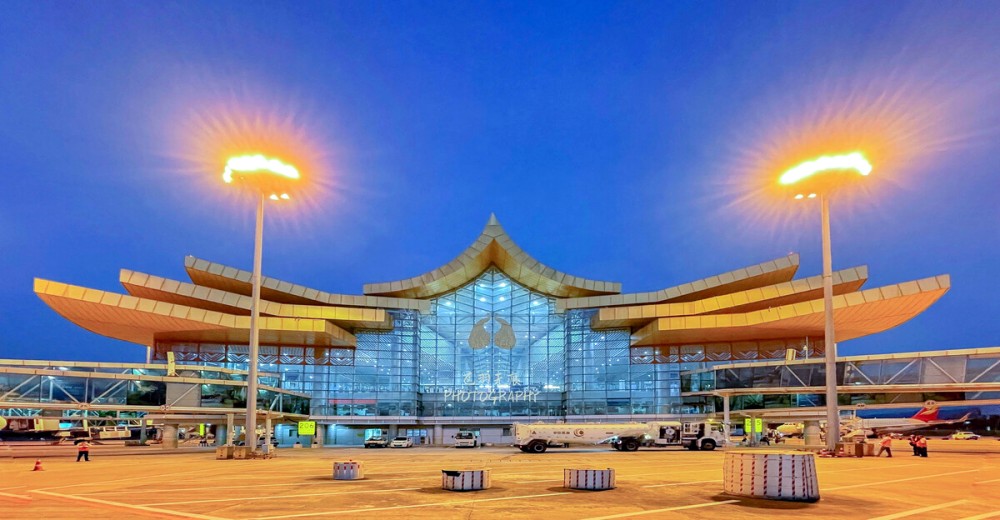


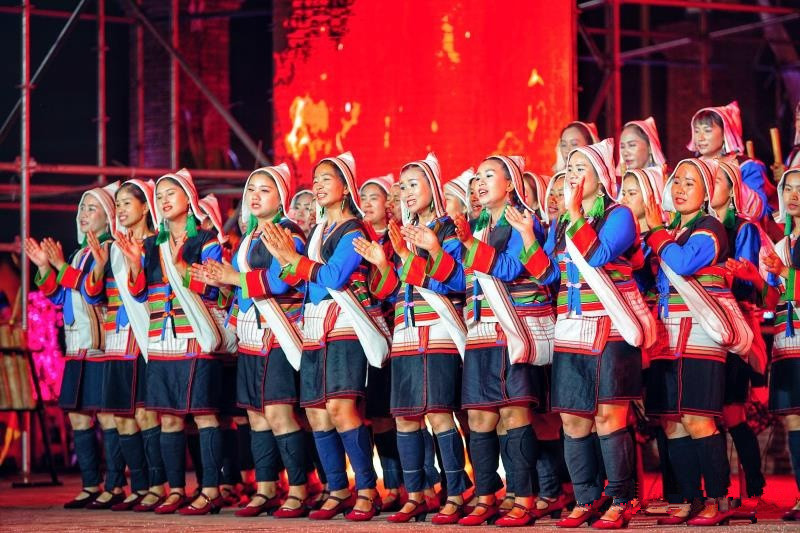


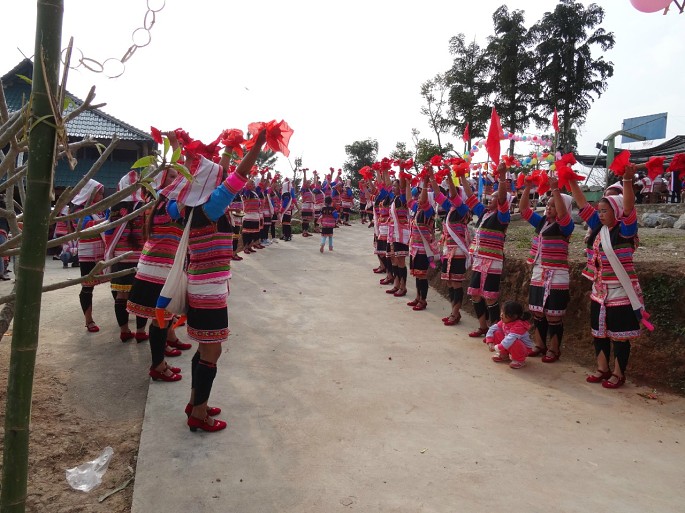
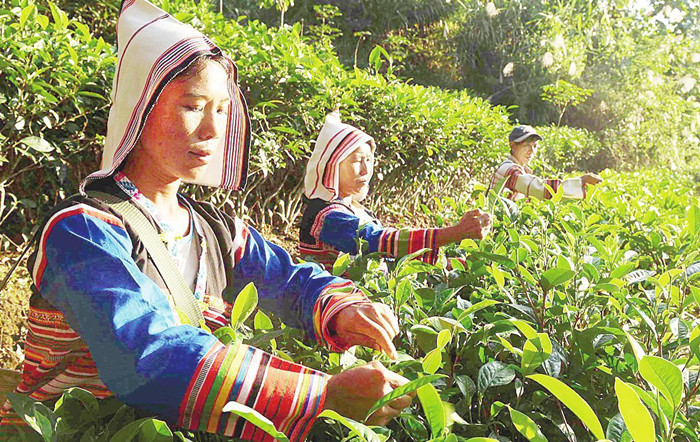





 7 Days GolfingTour
7 Days GolfingTour
 8 Days Group Tour
8 Days Group Tour
 8 Days Yunnan Tour
8 Days Yunnan Tour
 7 Days Shangri La Hiking
7 Days Shangri La Hiking
 11 Days Yunnan Tour
11 Days Yunnan Tour
 6 Days Yuanyang Terraces
6 Days Yuanyang Terraces
 11 Days Yunnan Tour
11 Days Yunnan Tour
 8 Days South Yunnan
8 Days South Yunnan
 7 Days Tea Tour
7 Days Tea Tour
 8 Days Muslim Tour
8 Days Muslim Tour
 12 Days Self-Driving
12 Days Self-Driving
 4 Days Haba Climbing
4 Days Haba Climbing
 Tiger Leaping Gorge
Tiger Leaping Gorge
 Stone Forest
Stone Forest
 Yunnan-Tibet
Yunnan-Tibet
 Hani Rice Terraces
Hani Rice Terraces
 Kunming
Kunming
 Lijiang
Lijiang
 Shangri-la
Shangri-la
 Dali
Dali
 XishuangBanna
XishuangBanna
 Honghe
Honghe
 Kunming
Kunming
 Lijiang
Lijiang
 Shangri-la
Shangri-la
 Yuanyang Rice Terraces
Yuanyang Rice Terraces
 Nujiang
Nujiang
 XishuangBanna
XishuangBanna
 Spring City Golf
Spring City Golf
 Snow Mountain Golf
Snow Mountain Golf
 Stone Mountain Golf
Stone Mountain Golf
